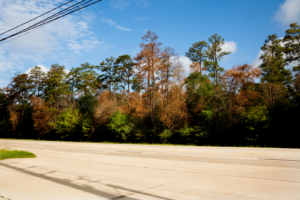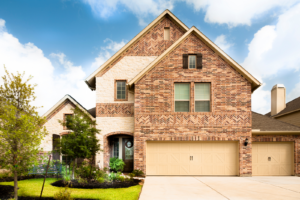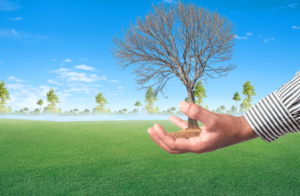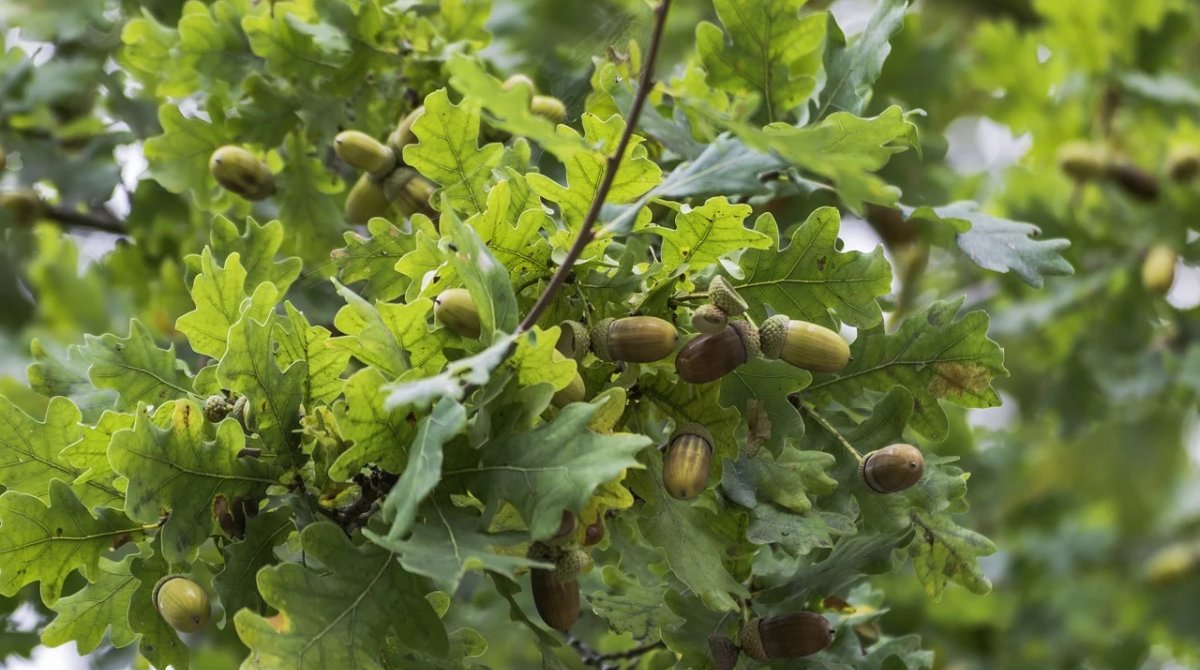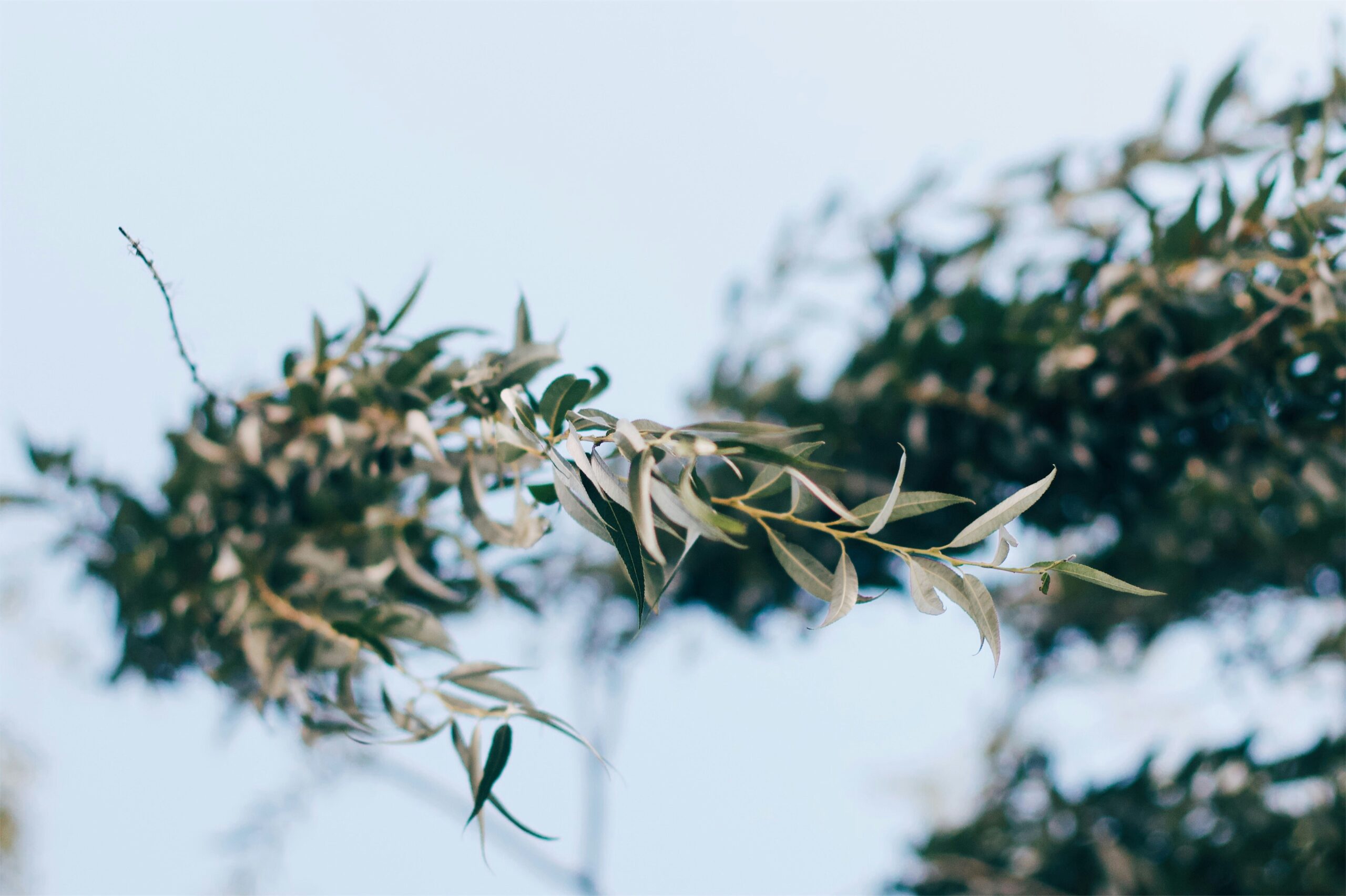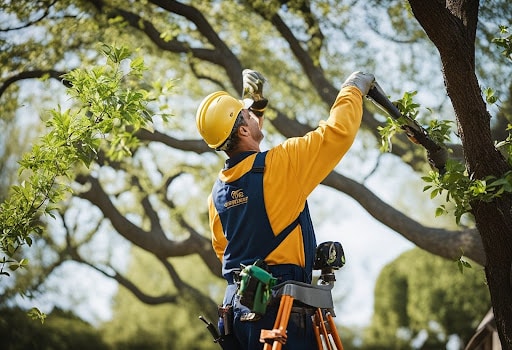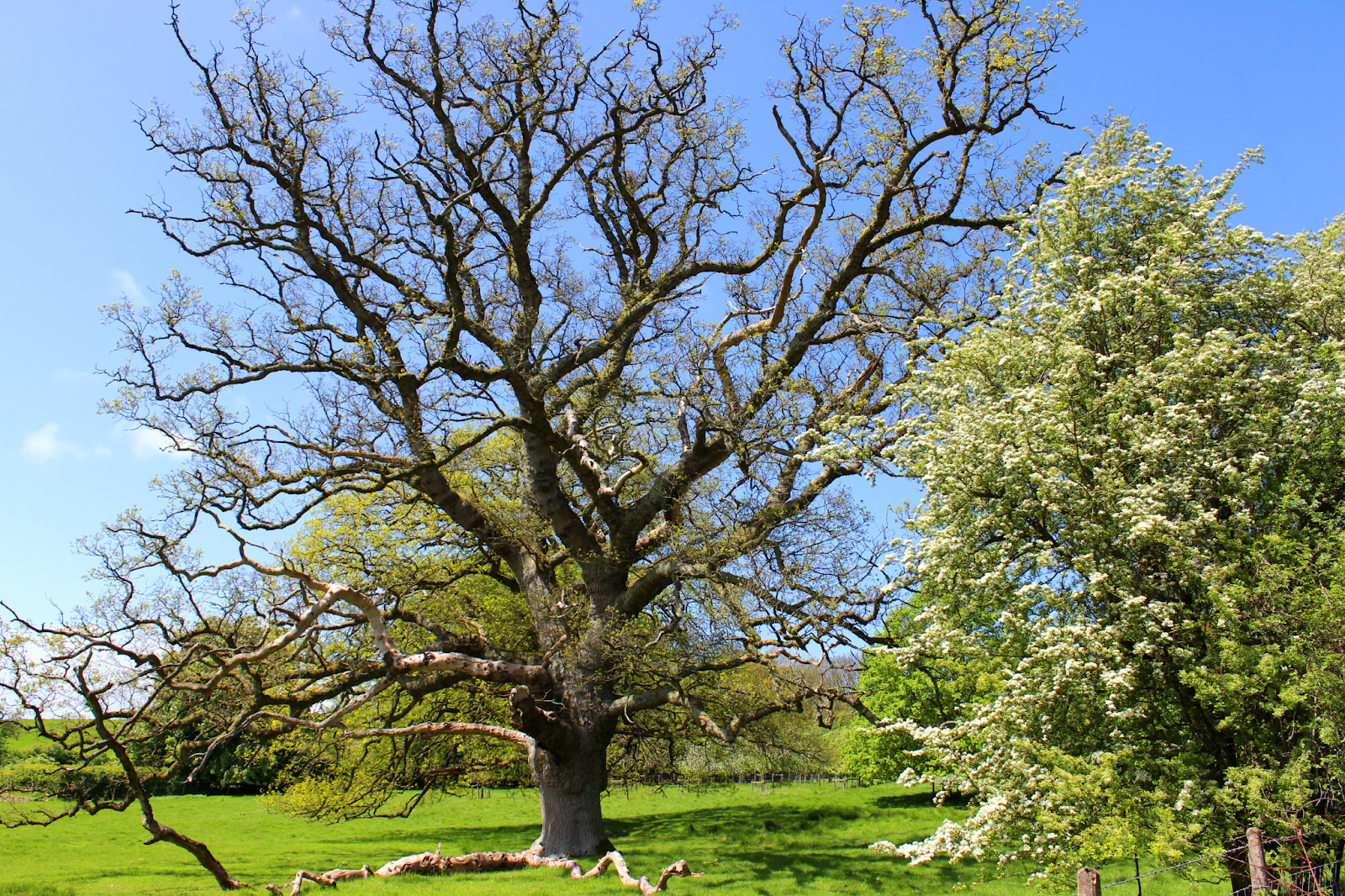
Date September 15, 2024
Category
Keeping your trees healthy is crucial to maintaining the beauty and safety of your landscape. However, trees can sometimes start showing signs of distress before it becomes obvious that they are dying. Recognizing these early warning signals can help prevent further damage to your property. In Dallas, TX, the warm climate and occasional storms can put additional stress on your trees. Learning to spot these signs early can make all the difference in saving a tree or deciding if removal is necessary.
In this guide, we’ll walk you through some simple yet effective tips for identifying a dying tree before it becomes a bigger problem. From changes in the bark to issues with the leaves, we’ll cover key indicators that something might be wrong. Additionally, you’ll discover how TreeNewal can help with professional tree assessments and solutions tailored for trees in the Dallas, TX, area.
Common Warning Signs of a Dying Tree
One of the biggest challenges with trees is that the signs of distress can sometimes go unnoticed until it’s too late. Some symptoms might be subtle at first, but early detection is key to preventing a tree from becoming hazardous. A dying tree could compromise not only your property but also the health of surrounding trees and plants.
Some common indicators include dead branches, peeling bark, and a noticeable lack of foliage. Another warning sign is the presence of fungi growing at the base, which suggests decay within the trunk. If you notice these issues, it’s important to act quickly because waiting can lead to further complications like structural instability.
While these signs are helpful, a professional diagnosis is often the best way to confirm whether your tree is truly dying. TreeNewal offers expert assessments to determine the extent of the problem and suggest the best course of action, whether it’s treatment or removal.
Specific Symptoms to Look for in Your Trees
When trying to determine if your tree is dying, it’s important to be familiar with certain specific symptoms. Leaf discoloration, for example, can point to various health issues. A tree that is losing its leaves too early in the season or one that has yellowing or browning leaves may be struggling. These symptoms can be related to diseases, pests, or even environmental stress.
Cracks in the trunk are another sign to watch for. Deep cracks or splits can indicate internal damage, which often affects the tree’s structural integrity. This can make the tree vulnerable to wind, storms, and other environmental factors common in Dallas, TX.
Lastly, check for branches that are brittle or dead. These often fall off more easily during storms, posing a risk to people and property. If a tree has more than a few dead branches, this could be a sign that its overall health is declining rapidly. Professional arborists like those at TreeNewal can help determine if these symptoms are reversible or if the tree needs to be removed.
Why Trees in Dallas, TX, Are Particularly Vulnerable
Trees in Dallas, TX, face unique challenges due to the local climate and environmental conditions. The hot Texas summers can place additional stress on trees, especially if they are not receiving adequate water or nutrients. Heat and drought are two of the most common factors that weaken a tree’s health over time.
Moreover, strong winds and seasonal storms can further compromise already weakened trees. High winds, especially during tornado season, can break limbs or uproot trees entirely. This is particularly dangerous if a tree is already suffering from structural damage or decay. Having regular tree inspections is a proactive way to ensure the safety and health of your trees in Dallas.
Urban development and construction in Dallas can also impact tree health. Changes to the soil, root systems, and drainage patterns can severely affect the stability and longevity of trees. TreeNewal offers services specifically designed to help Dallas residents manage and protect their trees in these tough conditions.
Simple Tips for Early Detection of a Dying Tree
Check the Bark for Peeling or Cracking
One of the first signs of a tree in distress is peeling or cracking bark. Healthy bark should be firmly attached to the tree and not show signs of deep splits. If you notice large sections of the bark peeling away or deep cracks forming, this could be an indication that the tree is no longer able to transport nutrients effectively, which is a common sign of decline.
Additionally, use a small tool or your fingernail to gently scratch the surface of the bark. Healthy trees should reveal green tissue just beneath the surface, while dying trees may show brown, dry tissue underneath.
Look for Fungus Growth Around the Trunk
Fungal growth, especially at the base of a tree, is another red flag. The presence of mushrooms or other fungi often indicates internal rot, as fungi thrive on decaying organic material. While some fungi may be harmless, an excessive amount around the trunk can suggest that the tree’s structural integrity is compromised. Catching this early can prevent the tree from becoming a safety hazard.
Examine the Tree’s Canopy for Sparse or Discolored Leaves
The condition of a tree’s canopy is often the most visible sign of its health. A healthy tree will have a full canopy of vibrant leaves during the growing season. In contrast, sparse foliage or discolored leaves (yellowing, browning, or wilting) can be a symptom of underlying problems, including diseases or pest infestations. Trees that are losing their leaves prematurely or exhibiting dead branches throughout the canopy should be examined by a professional.
Inspect the Roots for Decay or Damage
The roots are a crucial part of a tree’s health, and damage or decay in this area can indicate serious issues. Look for exposed roots or signs of root rot, such as a foul odor or visible decay. If the ground around the tree feels soft or the tree is leaning, this may suggest root damage or instability. Invasive species like root-eating insects or fungi can also cause significant harm. If you notice any of these signs, it’s important to contact a professional to evaluate the tree’s root health.
Watch for Unusual Leaning or Shifting
A healthy tree grows straight up, with its weight evenly distributed through its trunk and branches. If your tree is leaning at an odd angle, especially if the lean has recently worsened, it could indicate internal damage or root instability. Sudden shifts or tilting after a storm are particularly concerning and may mean the tree is in danger of falling. Leaning is often caused by weakened roots, which are unable to hold the tree upright. Catching this early can prevent a hazardous situation, especially during Dallas’s stormy seasons.
Check for Deadwood and Hollow Branches
Deadwood is another key sign that your tree may be dying. These are branches that no longer produce leaves or show any sign of life. You can identify deadwood by tapping it lightly; hollow branches make a distinctive, empty sound. Dead branches become brittle and can easily snap off, which is especially dangerous in high winds. Regularly inspecting for deadwood helps prevent damage to your property and reduces the risk of injury from falling limbs.
Examine Leaf Size and Shape
Healthy trees typically produce leaves that are uniform in size, shape, and color. If you notice that the leaves on your tree are smaller than usual, deformed, or growing unevenly, this could signal an underlying issue. Leaf malformation is often caused by diseases, nutrient deficiencies, or pest infestations. In some cases, a lack of sufficient water or sunlight can also cause abnormalities in leaf growth. Monitoring the size and shape of your tree’s leaves can help you catch these problems early.
Monitor for Pest Infestations
Pests are a common cause of declining tree health, and they often go unnoticed until significant damage has occurred. Watch for visible signs of infestation, such as holes in the bark, sawdust piles, or the presence of insects like beetles or borers. Some pests, like aphids, leave behind sticky residue, while others might cause galls or abnormal growths. Infestations can weaken the tree’s structure and make it more susceptible to disease and environmental stress. Early detection of pests allows for quicker intervention and a better chance of saving the tree.
How TreeNewal Can Help with Dying Trees
If you suspect that your tree is dying, it’s essential to seek professional help as soon as possible. TreeNewal offers a wide range of services designed to diagnose and treat tree issues before they become more serious. Our certified arborists understand the unique challenges that trees in Dallas, TX, face and provide tailored solutions to keep your trees and landscape healthy and safe.
Some of the services TreeNewal provides include:
- AirSpade and Aeration Services: We use AirSpade technology to improve soil aeration and promote root health. This non-invasive technique revitalizes compacted soil, allowing trees to absorb water and nutrients more effectively.
- Disease & Fungus Management: Our team identifies and treats common tree diseases and fungal infections to prevent further damage. Early intervention can help restore tree health and protect surrounding vegetation.
- Emergency Tree Services: When trees pose an immediate risk due to storm damage or sudden leaning, we provide emergency tree services. Our team responds quickly to mitigate hazards and ensure the safety of your property.
- Insect Management: We manage harmful pests that can damage your trees, such as borers, beetles, and aphids. Our insect control solutions target infestations before they lead to long-term harm.
- ISA Certified Arborist Consultation: Our ISA Certified Arborists offer expert advice and detailed health assessments. We provide recommendations for care based on the tree’s specific condition and the local environment.
- Pro-Active Construction Solutions: If construction is taking place near your trees, we offer solutions to protect their roots and health. Our services help prevent damage from excavation, soil compaction, and other construction impacts.
- Soil Conditioning: We enhance soil health through conditioning treatments, ensuring your trees have the nutrients they need. Proper soil conditioning boosts tree vitality, especially in harsh climates like Dallas.
- Stump Removal Service: After a tree is removed, we offer complete stump removal services to eliminate tripping hazards and prevent regrowth. Our team uses specialized equipment to ensure the stump is thoroughly cleared.
- Tree Mitigation: When tree removal is necessary, we assist in fulfilling tree mitigation requirements. Our team ensures that your property complies with local regulations for removing and replacing trees.
- Tree Nutrition & Fertilization: We provide customized fertilization plans to address nutrient deficiencies and promote tree growth. Our treatments help trees thrive, even in challenging urban or drought conditions.
- Tree Pruning Service: Regular pruning helps remove dead or diseased branches while shaping the tree for optimal health and aesthetics. Our arborists ensure that pruning is done safely and effectively, promoting long-term tree vitality.
- Tree Removal Service: When a tree is beyond saving, we offer safe and efficient tree removal services. Our team carefully removes trees to avoid damage to surrounding areas and minimizes disruption.
- Tree Surveys: We conduct detailed tree surveys to assess the condition and health of trees on your property. These surveys are valuable for both residential and commercial properties planning development or landscape changes.
- Tree Trimming Service: Tree trimming enhances the appearance of your trees while promoting health by removing overgrowth. Regular trimming reduces the risk of falling branches and improves light penetration and airflow.
Our team is committed to preserving the health and beauty of your trees, but when removal or other interventions are unavoidable, we ensure it’s done safely and with minimal disruption to your property.
Contact TreeNewal for Expert Tree Care in Dallas, TX
If you’ve noticed any of these warning signs in your trees, don’t wait until it’s too late. The experts at TreeNewal are here to help you identify and address potential issues before they become serious hazards. Whether your tree needs treatment or removal, we’re just a phone call away. Contact us today at (817) 329-2450 to schedule an assessment and keep your Dallas, TX, landscape in peak condition!
